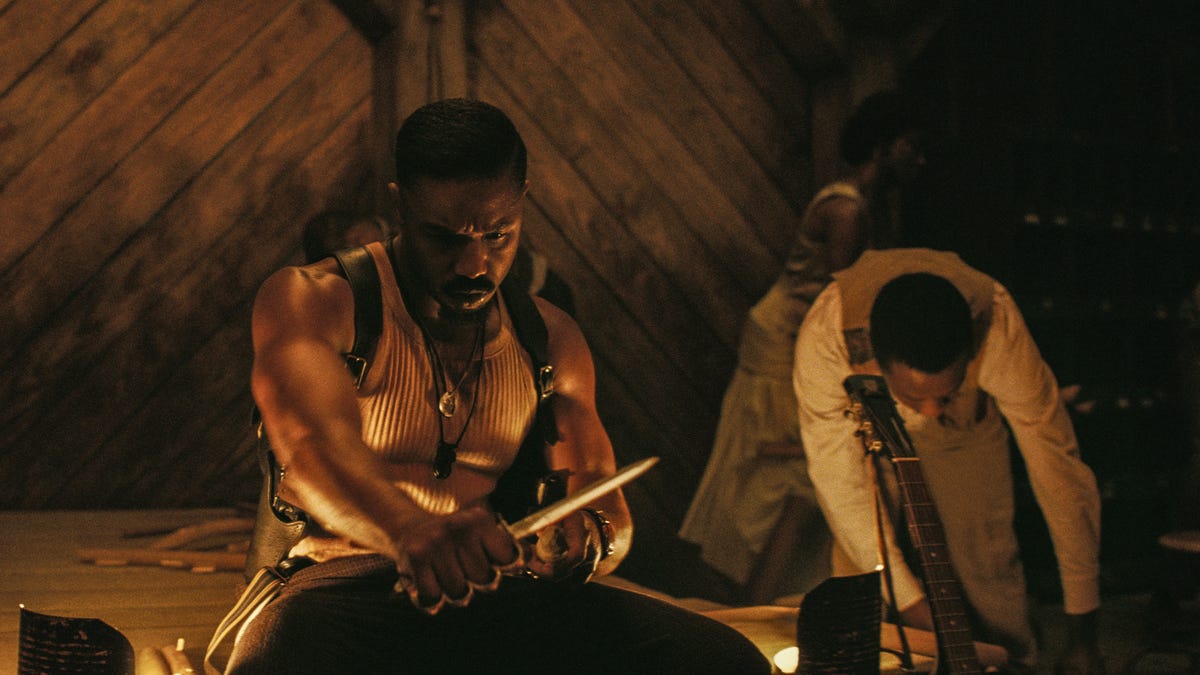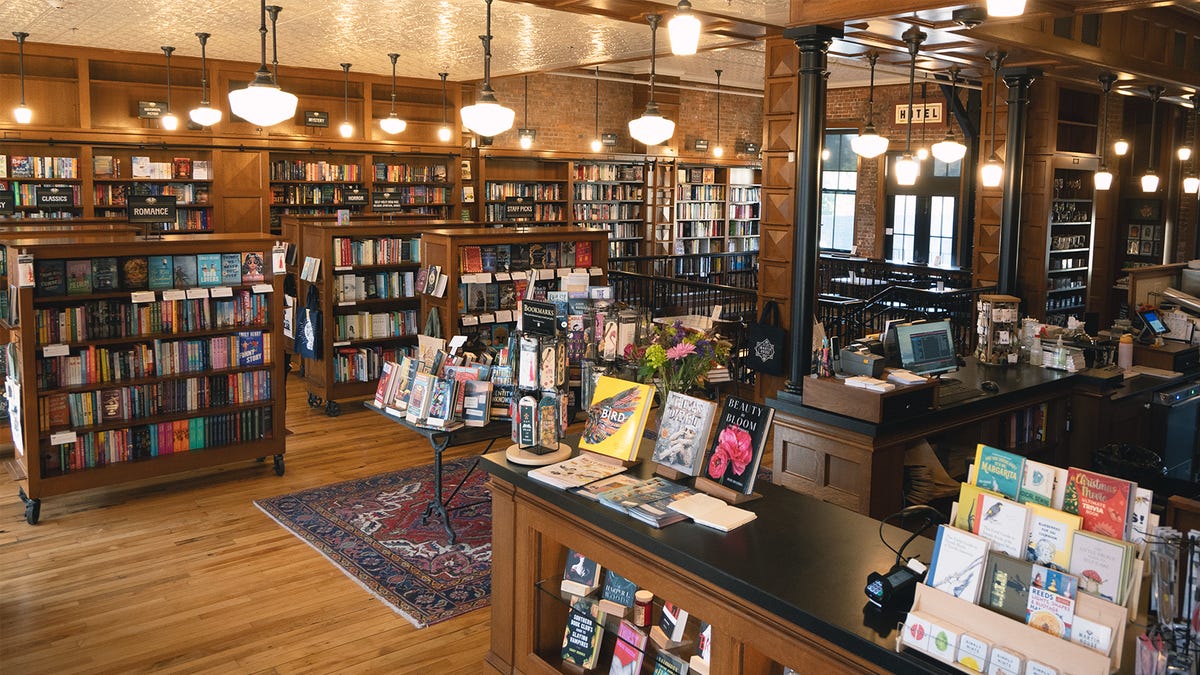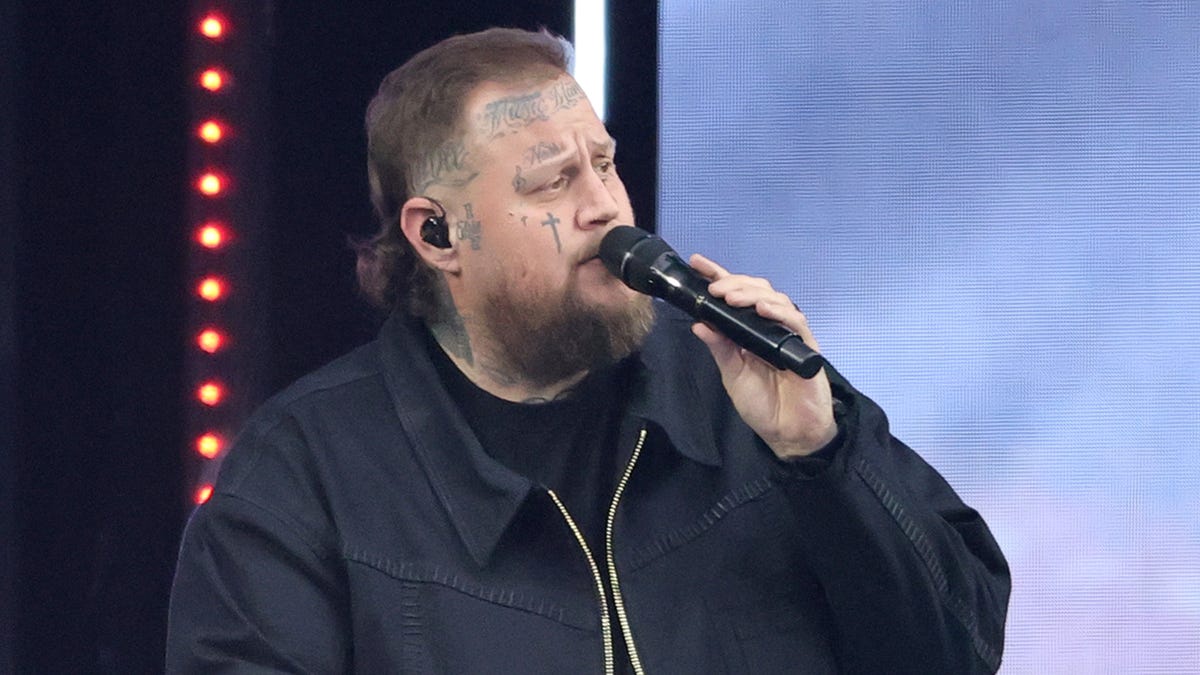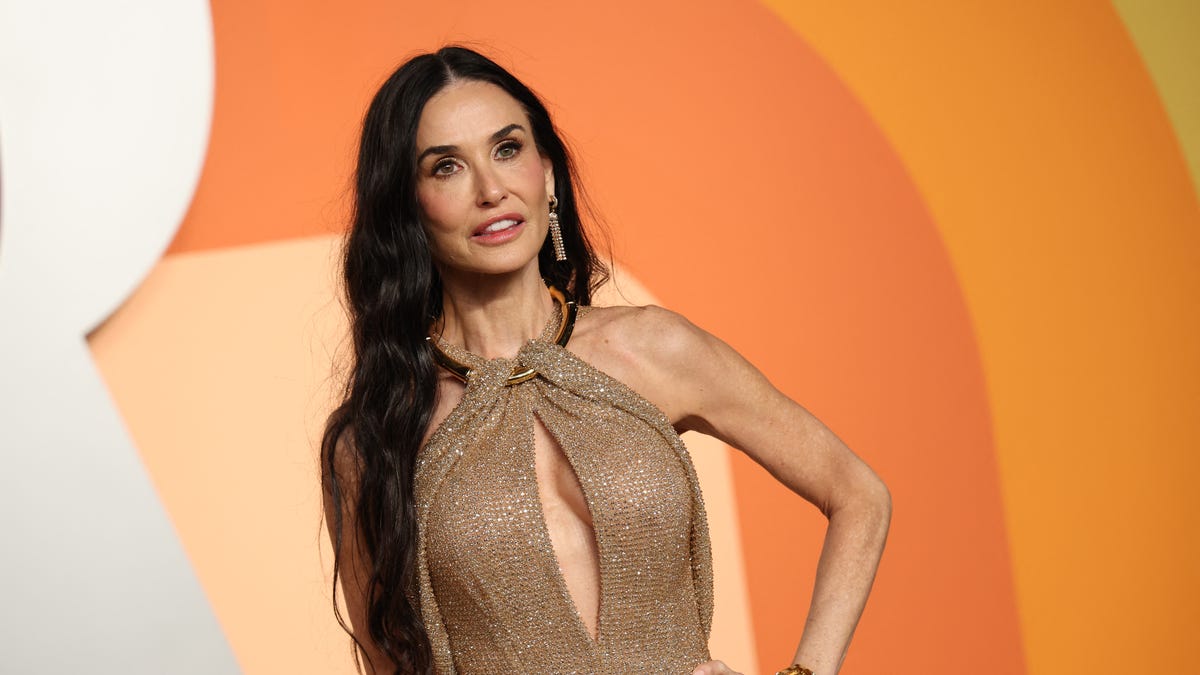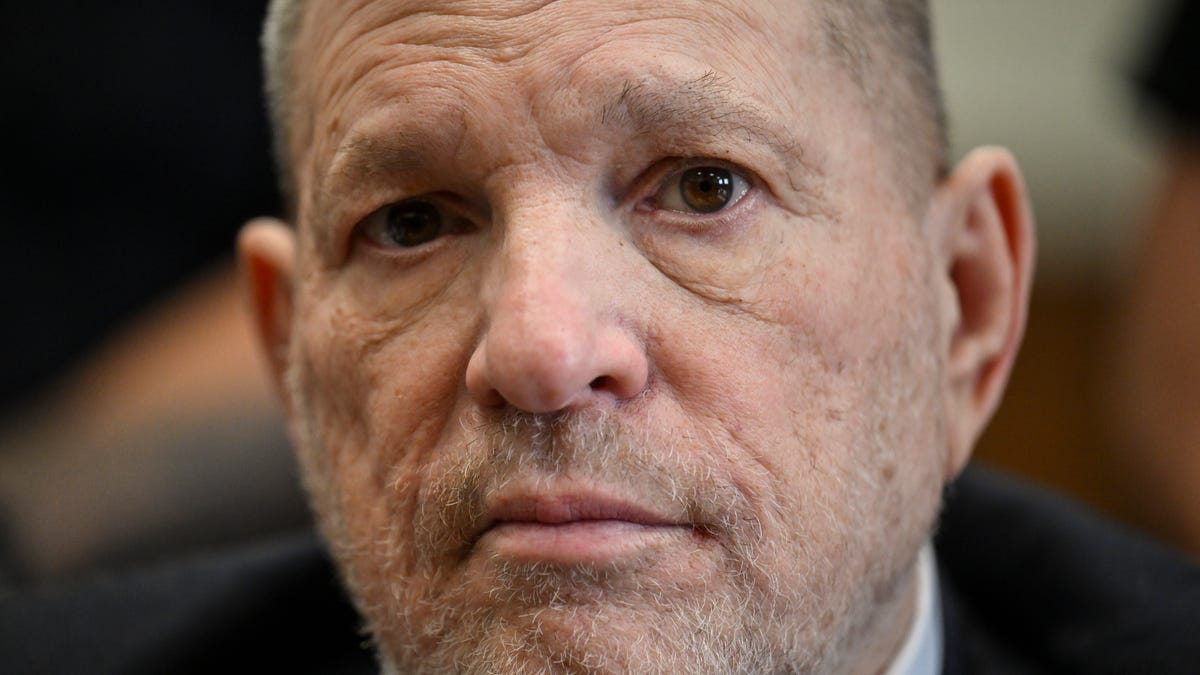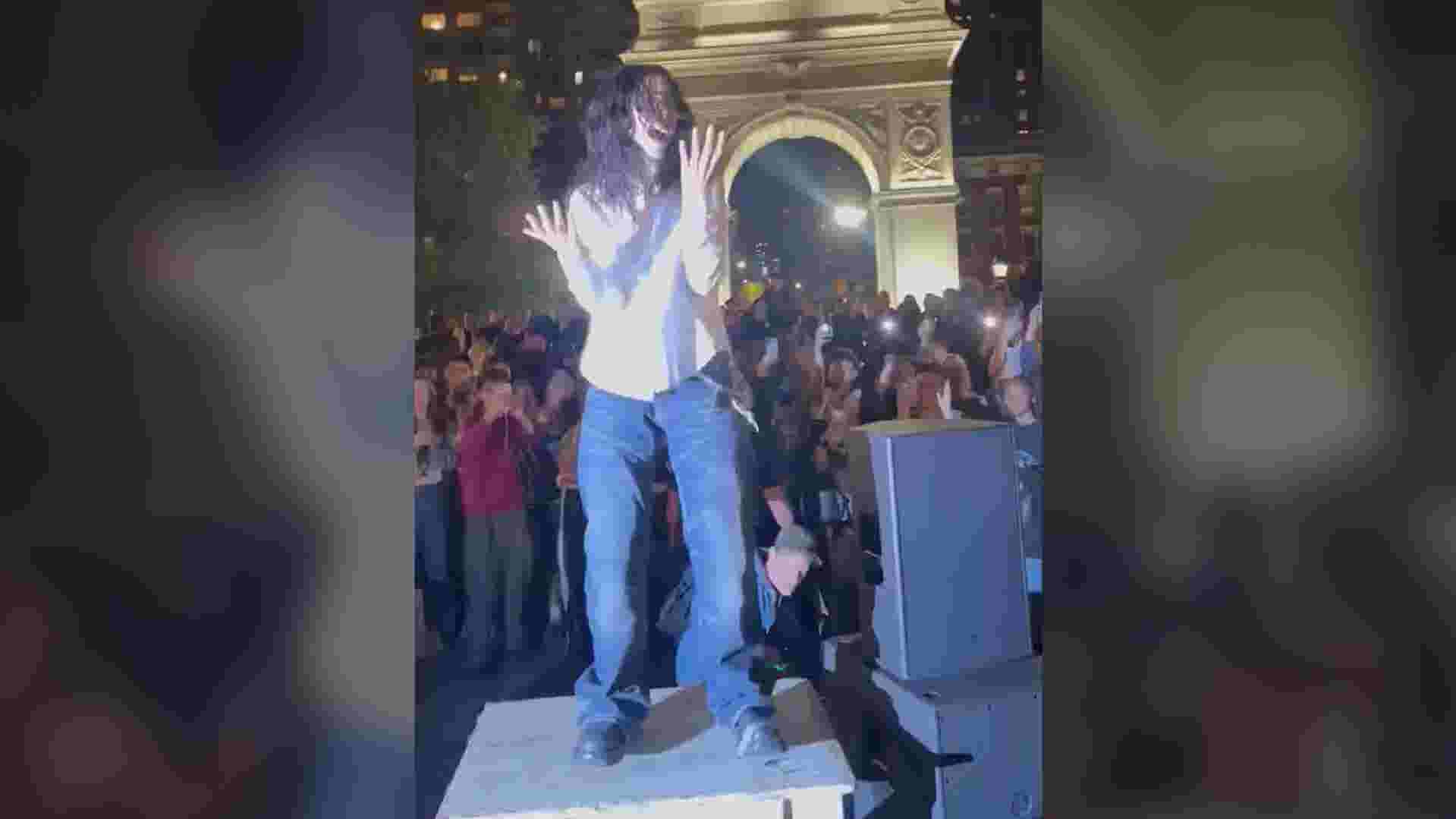‘Sinners’: A vampire wants to crash Michael B. Jordan’s party
Cornbread (Omar Miller) isn’t acting like his old self when trying to re-enter the party in Ryan Coogler’s period horror movie “Sinners.”
Turns out “Sinners” is more than just about vampires.
Viewers have some thoughts about Ryan Coogler’s subtle reference to another supernatural entity in the film, released April 18.
While a select few might have had an inkling about what Annie (Wunmi Mosaku), a Hoodoo practitioner and herbalist, meant by “haint,” others were completely in the dark.
One viewer even thought Annie uttered the word “Hank” as she tried to determine the cause of Stack’s (Michael B. Jordan) and Mary’s (Hailee Steinfeld) death-defying transformation. Annie determines, through context clues, that her friends have turned into vampires, not haints like she previously hypothesized.
Though haints are not the focus of “Sinners,” the spectral beings are deeply rooted in Southern folklore, not unlike the film, set in Mississippi in the 1930s.
Here’s what to know about haints, including a compilation of viewers’ genuine reactions to Coogler’s subtle reference.
What is a haint?
A haint, for those unfamiliar with African spiritual traditions, refers to “evil spirits who escaped their human forms at night to paralyze, injure, ride (the way a person might ride a horse), or even kill innocent victims,” Atlas Obscura reported in January 2020.
Though haints are only mentioned by name once in “Sinners,” some viewers noticed the way Coogler wove in the use of “haint blue” a shade of blue used by enslaved Africans and later by the Gullah Geechee to combat haints and “boo hags,” in Annie’s home and wardrobe throughout the film.
“She’s hoodoo, she’s voodoo. She’s of African diasporic tradition,” Ruth E. Cater, the film’s costume designer, told lifestyle publication 21Ninety. “She’s every part of where our origin story led us in terms of our religious practices.”
Haint blue was believed to trick haints into believing they had stumbled into water, which they were unable to cross or the sky, which led them farther away from their victims, according to Atlas Obscura.
The color was first derived from the dye produced on indigo plantations across the South Carolina coast, Atlas Obscura reported.
Some painted their homes in haint blue, while others hung blue glass bottles in trees to trap the evil spirit or spirits lurking in the shadows, according to Atlas Obscura. Not all Gullah Geechee, however, identify with the color’s use.
While the practice of using haint blue to ward off evil spirits might not be as common, the color has bled into the mainstream, with major paint companies like Sherwin-Williams and PPG Industries, Inc selling paint inspired by the shade.
Viewers go on ‘deep dive’ after haint reference in ‘Sinners’
While some viewers knew what a haint was before they saw the film, others were intrigued enough by the reference that they proceeded to do some research on the evil spirt and for some, its connection to vampires.
Those who were able to make sense of the reference in the moment remembered when they first heard about haints from relatives and the significance of “haint blue” in the film.
Either way, those who heard the subtle reference were impressed by Coogler’s attention to detail. Below you will find a compilation of posts that encapsulates the conversation surrounding haints in “Sinners.”
